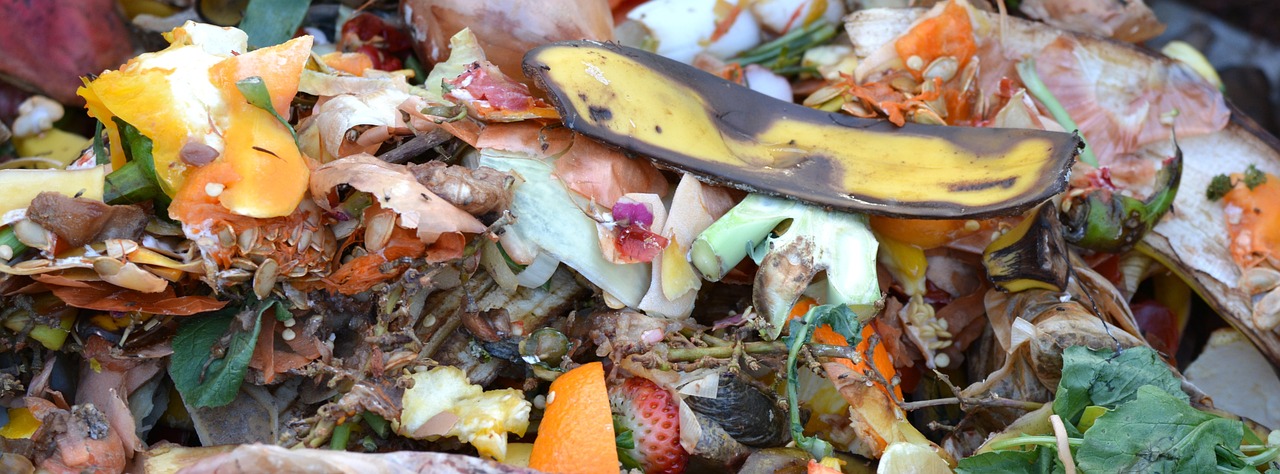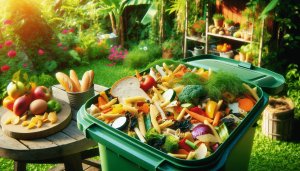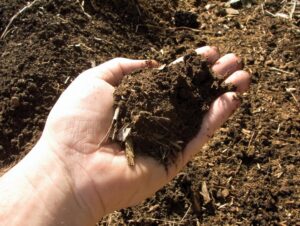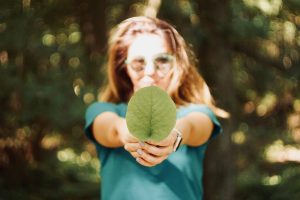In our quest for a more sustainable lifestyle, we’ve discovered the power of composting, and a compost tumbler has become a game-changer in our gardening efforts. In “What Is A Compost Tumbler And How Do I Use It?”, we share everything we’ve learned about these innovative devices. Compost tumblers are specially designed containers that make the composting process more efficient and user-friendly. By regularly rotating the tumbler, we can ensure better aeration and faster decomposition of organic materials, turning kitchen scraps and yard waste into nutrient-rich compost with minimal effort. Join us as we delve into the details of choosing the right tumbler, setting it up, and using it to achieve a greener, healthier garden. Have you ever wondered how you can make composting easier, faster, and more efficient? You’ve probably heard about compost tumblers, but what exactly are they and how can we use them effectively?
With our busy schedules and environmental consciousness, compost tumblers have become a favored method for many of us who want to recycle kitchen and garden waste into nutritious compost. Composting not only reduces the waste that ends up in landfills but also enriches our soil and promotes healthier plant growth. Let’s dive into the world of compost tumblers and explore how they work, their benefits, and tips on using them optimally.

What is a Compost Tumbler?
A compost tumbler is a specialized composting container designed for easy and efficient composting. Typically, it’s a drum or barrel mounted on a frame, allowing it to be easily rotated. This rotation aerates the compost mixture, speeding up the decomposition process significantly.
The design of compost tumblers means we can avoid many of the common problems associated with traditional composting, like slow decomposition and unpleasant odors. By simply turning the barrel, we mix the organic material inside and introduce much-needed oxygen, which is essential for aerobic bacteria to break down the compost efficiently.
Types of Compost Tumblers
Compost tumblers come in various shapes and sizes, each suited to different composting needs. Let’s explore the primary types:
| Type | Description |
|---|---|
| Single-Chamber | Consists of one large chamber for compost. Ideal for smaller households. |
| Dual-Chamber | Features two separate chambers. Allows continuous composting; while one side is composting, we can add fresh waste to the other. |
| Crank Handle | Equipped with a crank handle for easier turning, useful for larger or heavy compost loads. |
Benefits of Using a Compost Tumbler
The key advantage of using a compost tumbler over traditional composting methods is its ease of use and efficiency. Here are some more benefits:
- Faster Composting: The contained and aerated environment speeds up the decomposition process significantly.
- Pest Control: Sealed design keeps pests out, such as rodents and insects, which can be a problem with open compost piles.
- Odor Control: Properly aerated compost has fewer odors, making it suitable for urban or suburban settings.
- Compact and Tidy: Space-efficient design fits well in various yard sizes and maintains a neat appearance.
How to Use a Compost Tumbler
Using a compost tumbler is straightforward, but there are key steps and best practices to follow to ensure optimal composting.
Setting Up the Compost Tumbler
First, locate a suitable place for your tumbler. Choose a spot that’s easily accessible but not in the way of your daily activities. Placing it in a sunny location can aid the composting process, as warmth accelerates decomposition.
Adding Materials
The composting process relies on a balanced mix of green (nitrogen-rich) and brown (carbon-rich) materials. Here’s a quick reference table:
| Green Materials (Nitrogen) | Brown Materials (Carbon) |
|---|---|
| Fruit and vegetable scraps | Dried leaves |
| Coffee grounds | Shredded paper and cardboard |
| Grass clippings | Straw and hay |
| Garden waste | Wood chips and sawdust |
When adding materials, strive for a ratio of approximately 2 parts brown to 1 part green. This balance provides the necessary nutrients and structure for effective decomposition.
Turning the Tumbler
Rotate the tumbler about 2-3 times a week. This regular turning keeps the compost aerated, prevents compaction, and ensures thorough mixing of the materials. If your tumbler has a crank handle, cranking it a few times should suffice.
Moisture Management
The compost mixture should be moist but not too wet. Aim for the consistency of a wrung-out sponge. If it becomes too dry, add some water; if too wet, add more brown materials to absorb the excess moisture.
Troubleshooting Common Issues
Even with the best setup, we may encounter some challenges. Here’s how to address common issues:
Slow Decomposition
- Solution: Ensure the compost is well-aerated by turning the tumbler more frequently. Double-check the green-to-brown ratio and adjust if necessary. Adding a bit of garden soil can introduce beneficial microbes to kickstart the process.
Unpleasant Odor
- Solution: This usually indicates too much green material or poor aeration. Rectify by adding more brown materials and turning the tumbler to introduce more oxygen.
Pests
- Solution: Ensure the tumbler is securely closed and check for any gaps or damages. Avoid adding meat, dairy, or oily foods which can attract pests.
When is the Compost Ready?
Compost is ready when it’s dark, crumbly, and smells earthy. This usually takes about 2-3 months in a well-managed tumbler, compared to 6 months or more with traditional composting methods.

Tips for Optimal Composting
Chop Materials Small
Chopping or shredding materials before adding them to the tumbler speeds up the composting process since smaller pieces decompose faster.
Layering
Layering green and brown materials as you add them can help maintain proper balance and promote even decomposition.
Avoid Certain Materials
To keep your compost healthy, avoid adding meat, dairy, fats, pet waste, and diseased plants. These can introduce pathogens and attract pests.
Benefits of Finished Compost
Once we have our compost ready, the benefits are plentiful. It enriches soil, helps retain moisture, suppresses plant diseases, and reduces the need for chemical fertilizers. Using our homemade compost gives us the satisfaction of contributing to a sustainable environment.

Final Thoughts
Incorporating a compost tumbler into our composting routine simplifies the process and makes it more efficient. Not only do we contribute to reducing waste, but we also create valuable compost that nourishes our gardens. By following the steps and tips outlined here, we can turn our kitchen and garden scraps into “black gold” effortlessly. So let’s get turning and start our composting journey today!
Thank you for joining us in exploring compost tumblers. We hope this guide is helpful, encouraging you to recycle more and cultivate healthier gardens. Let’s together make a difference, one compost rotation at a time!



